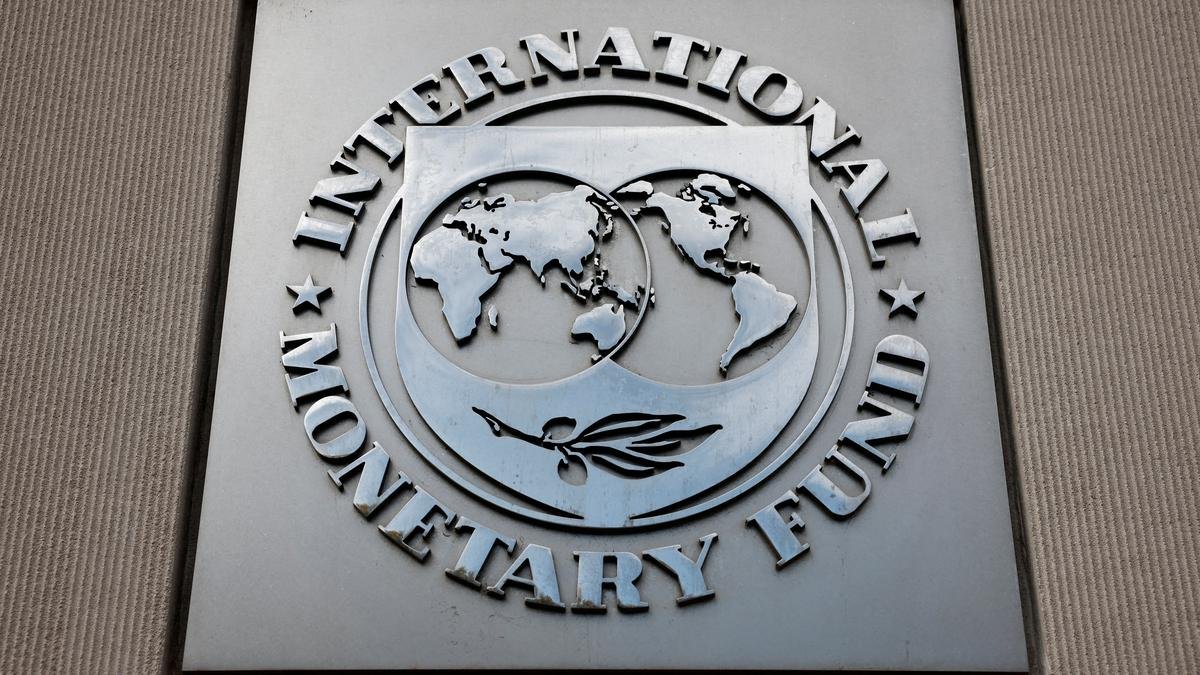
Impact of US Tariffs on Indian Industries: What It Means for India’s Economy

Introduction
The trade relationship between India and the United States has seen its share of ups and downs. While both countries have deep economic ties, rising protectionism and the imposition of U.S. tariffs on Indian goods have caused concern across various Indian industries. In this article, we explore the impact of US tariffs on Indian industries, the sectors most affected, and the long-term implications for India’s economy.
Why Are U.S. Tariffs on Indian Products Increasing?
In recent years, the U.S. has pushed for more “reciprocal trade” — where tariffs imposed on U.S. goods are matched by tariffs the U.S. places on its trading partners. The Trump administration, in particular, pushed for higher tariffs on countries like India, citing trade imbalances and restricted access to Indian markets.
Although some tariffs were reduced during the Biden administration, the threat of higher U.S. tariffs still looms over several Indian exports.
Industries Most Affected by U.S. Tariffs
1. Textile and Apparel Industry
India is one of the world’s top exporters of garments and textiles. Higher tariffs on Indian textiles can:
Make Indian products less competitive in the U.S. market.
Lead to reduced orders and job losses in India’s labor-intensive textile sector.
2. Pharmaceuticals
India is the world’s largest supplier of generic medicines. While this sector is relatively shielded due to high demand, non-tariff barriers and regulatory scrutiny from the U.S. FDA can indirectly affect market access and profitability.
3. Steel and Aluminum
Under Section 232 of the U.S. Trade Expansion Act, tariffs on Indian steel (25%) and aluminum (10%) were imposed in 2018.
This led to a sharp decline in exports to the U.S.
Indian metal manufacturers had to find alternative markets or lower their prices to stay competitive.
4. Jewelry and Gems
India exports billions of dollars’ worth of gems and jewelry to the U.S. each year.
Increased tariffs can drive American buyers toward cheaper alternatives from other countries.
Small and medium enterprises (SMEs) in India may find it harder to survive.
5. Auto Parts and Machinery
The U.S. is a key market for Indian auto components and machinery.
Tariffs increase the landed cost of Indian products.
U.S. importers may switch to local or Chinese alternatives.
Ripple Effects Across the Indian Economy
Export Revenue Loss: Higher tariffs reduce the competitiveness of Indian exports, leading to reduced foreign exchange earnings.
Job Cuts: Labor-intensive industries like textiles and gems may see layoffs due to reduced demand.
Investment Slowdown: Uncertainty in trade policy may discourage both domestic and foreign investment in export-driven sectors.
Strained Bilateral Relations: Trade tensions can spill over into broader diplomatic and strategic issues.
How Indian Industries Are Responding
Diversifying Export Markets: Many exporters are shifting focus to Europe, Southeast Asia, and the Middle East to reduce dependence on the U.S.
Value Addition: Companies are investing in higher-value products to justify pricing and improve margins despite tariffs.
Government Support: The Indian government has introduced Production-Linked Incentive (PLI) schemes and export subsidies to support affected sectors.
Looking Ahead: Is There a Path to Resolution?
Trade Talks and Diplomacy: Ongoing dialogues between India and the U.S. aim to resolve key trade issues.
Free Trade Agreements: India is pursuing FTAs with other nations (UK, EU) to reduce over-reliance on the U.S.
Strategic Alignment: As India and the U.S. collaborate on defense, tech, and climate, smoother trade relations may follow.
Conclusion
The impact of U.S. tariffs on Indian industries is significant and wide-reaching. While some sectors have shown resilience, others face serious challenges. By adapting to global trade dynamics, investing in innovation, and pursuing strategic partnerships, India can mitigate the risks and continue its growth on the global stage.
Want to read more about US tariffs on India click here.








